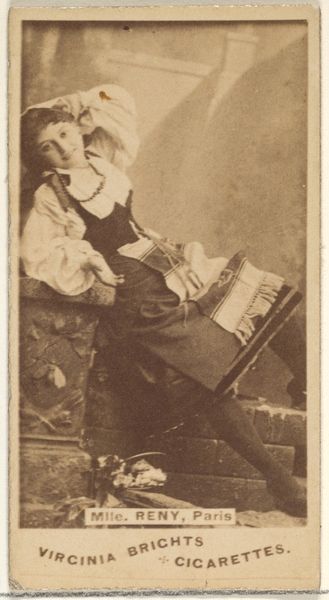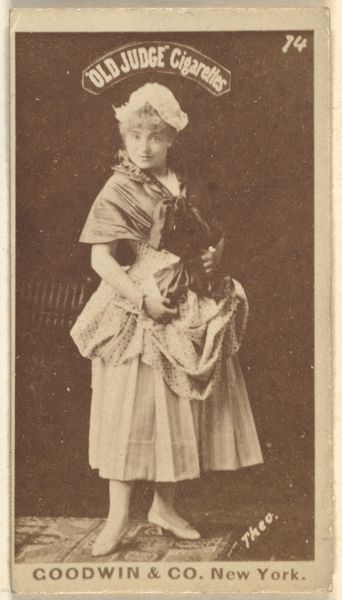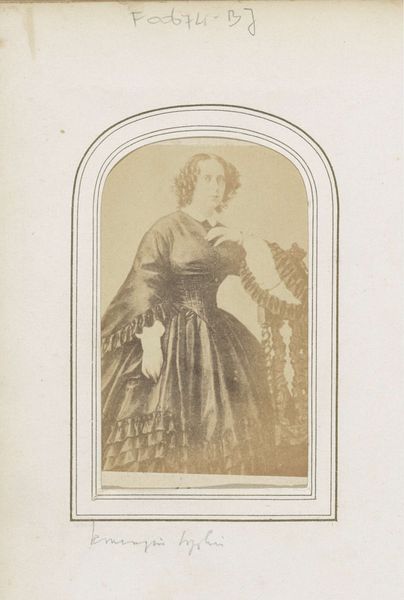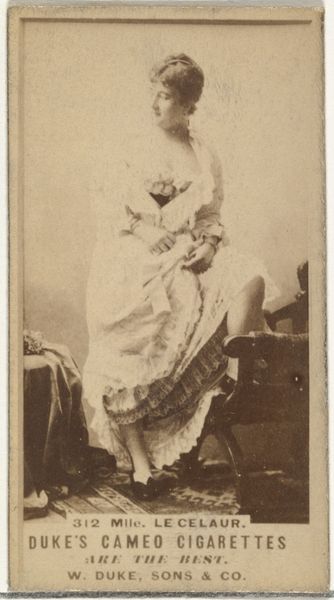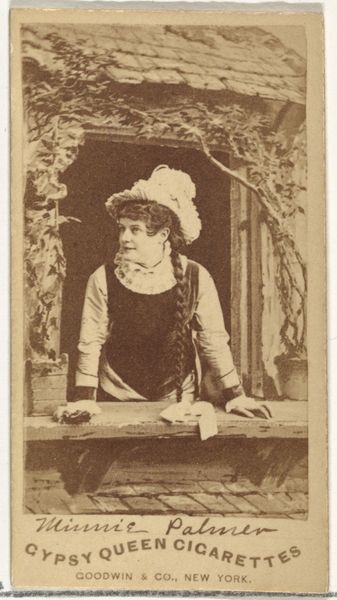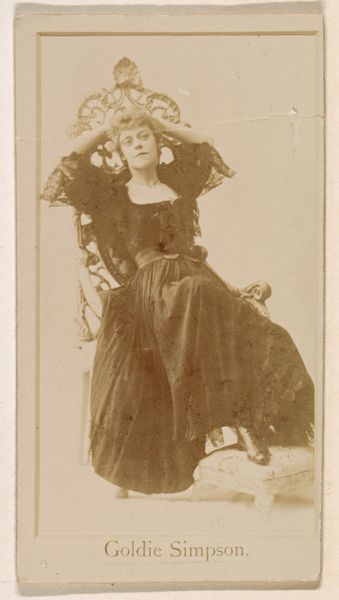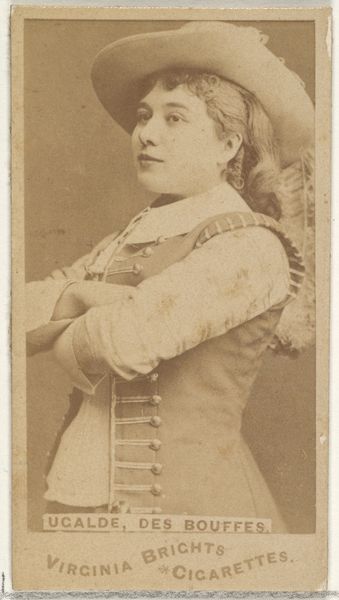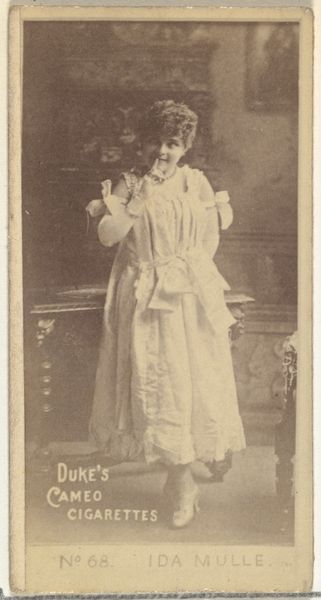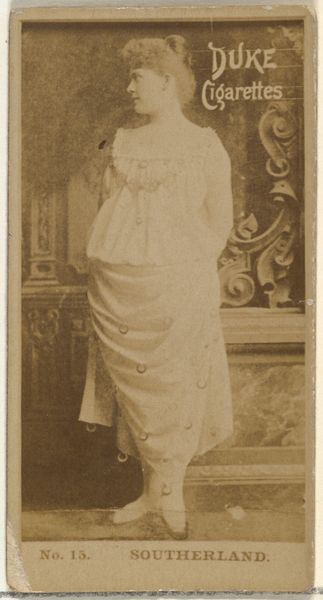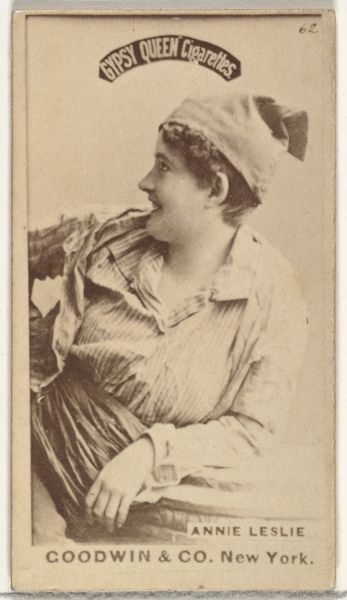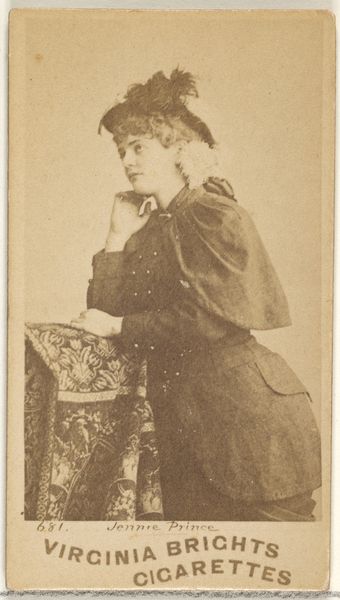
daguerreotype, photography
#
portrait
#
daguerreotype
#
photography
#
historical photography
#
romanticism
#
men
Copyright: Public Domain
This photograph of Patrick Byrne was created by Hill and Adamson around 1845, using the early process of calotype. The calotype, patented in 1841, used paper coated with silver iodide. This created a negative image, which could then be used to make multiple positive prints. Note the slightly mottled texture and warm brown tones, so different from the sharp clarity we expect in photography today. This softer aesthetic was embraced for its painterly qualities, and the calotype process opened up new avenues for portraiture, moving away from painting, and towards capturing a more 'authentic' likeness of the sitter. Hill and Adamson aimed to produce portraits that were both artistic and commercially viable. The relative ease and reproducibility of the calotype, compared to earlier photographic methods, allowed for a democratisation of image-making, challenging the traditional hierarchies between art and craft. This photographic portrait speaks to broader social shifts brought about by industrial production and a growing middle class.
Comments
No comments
Be the first to comment and join the conversation on the ultimate creative platform.
